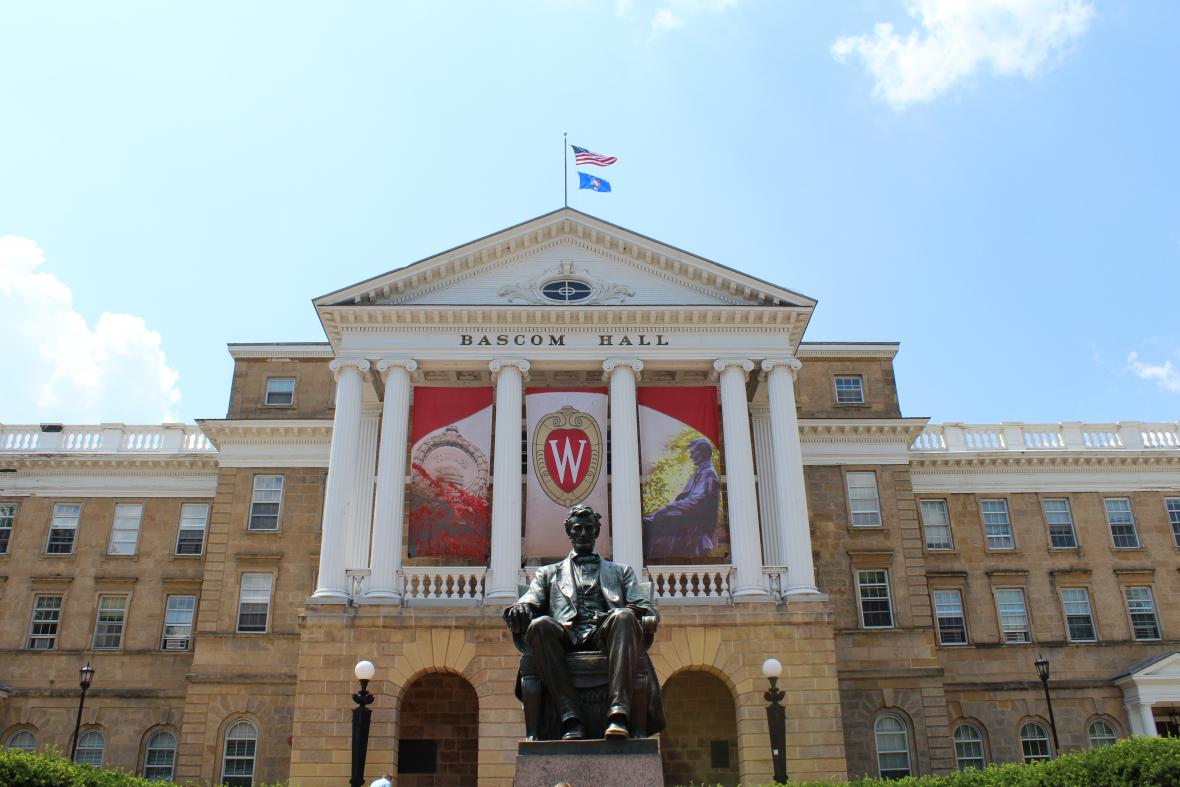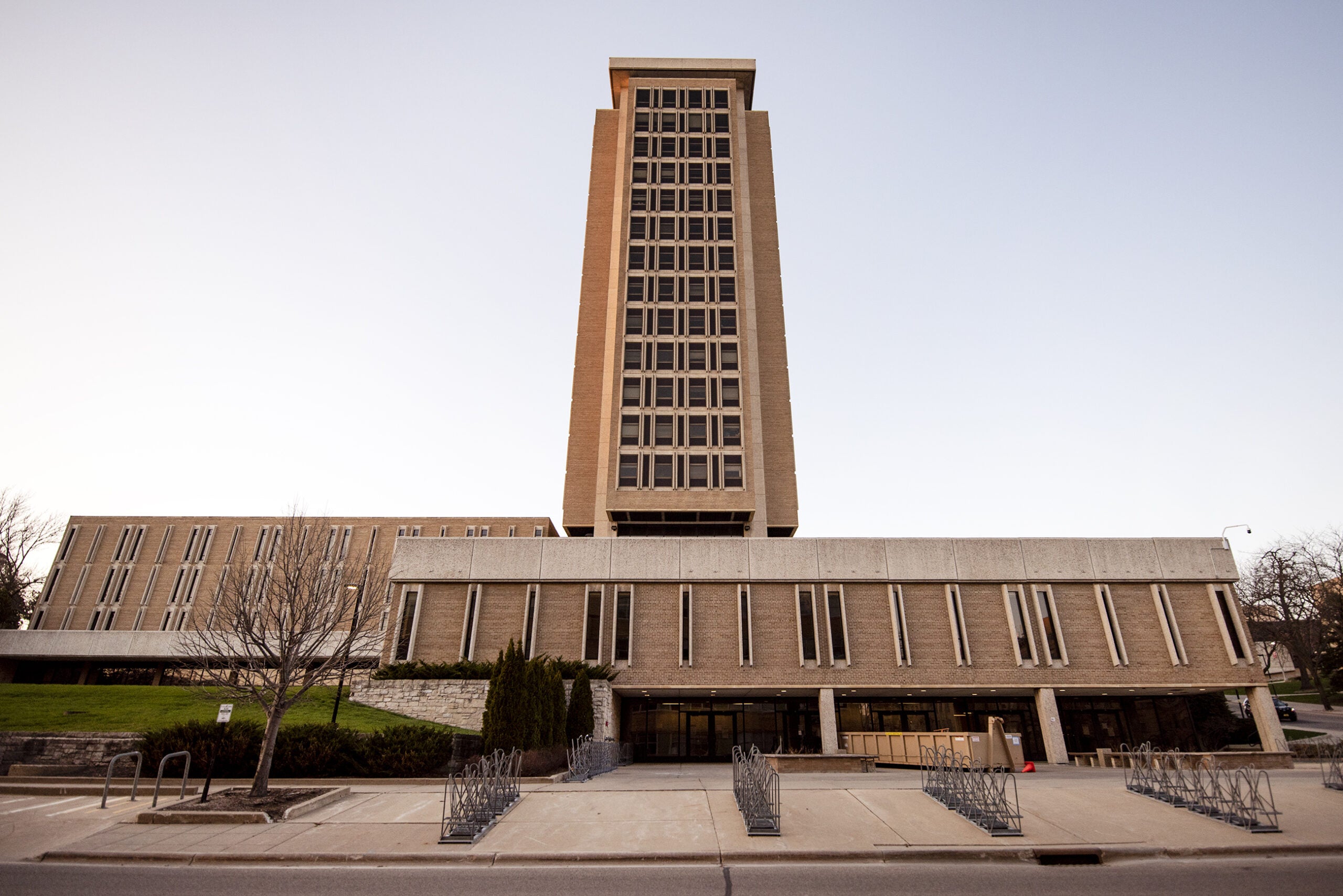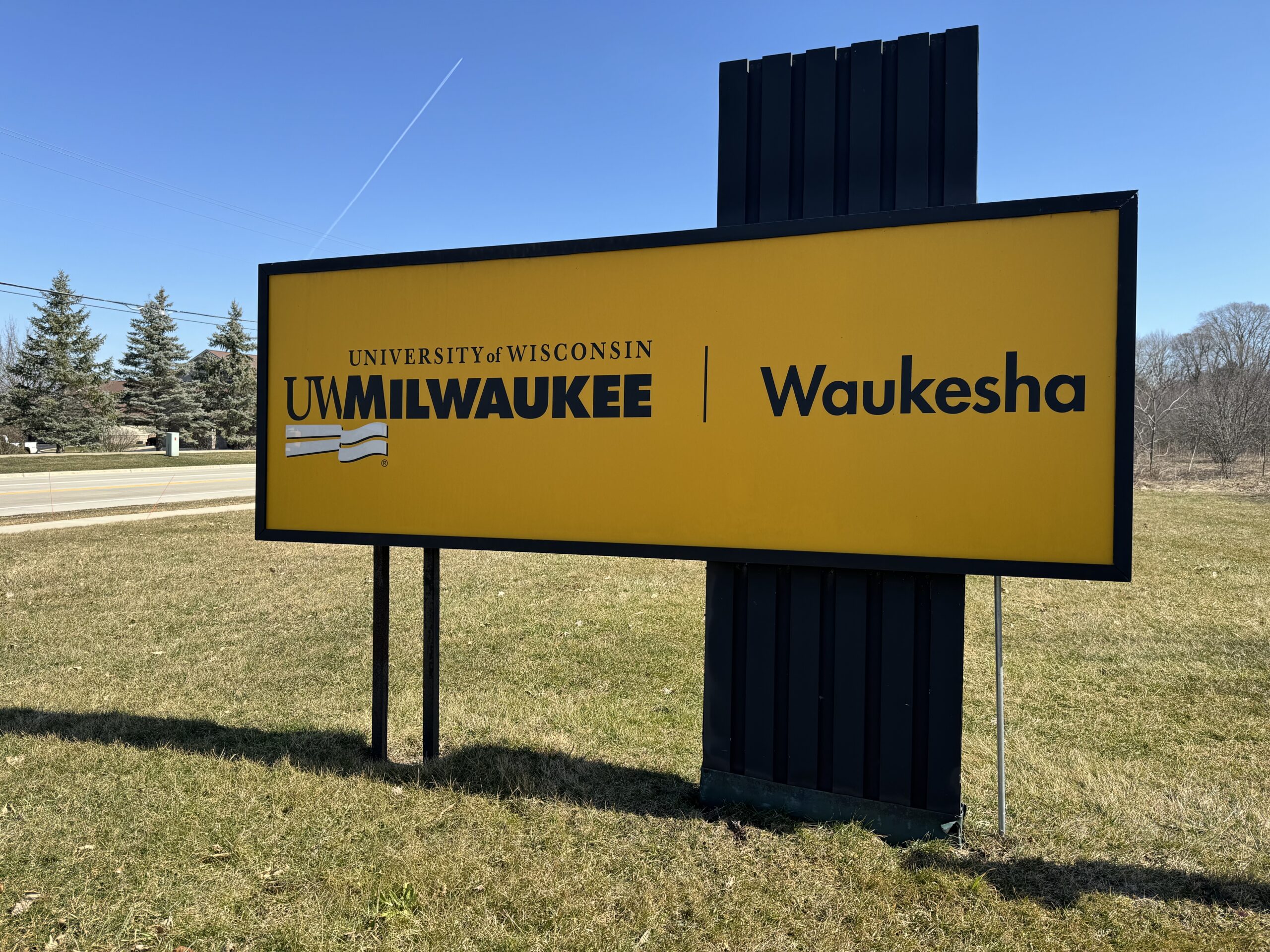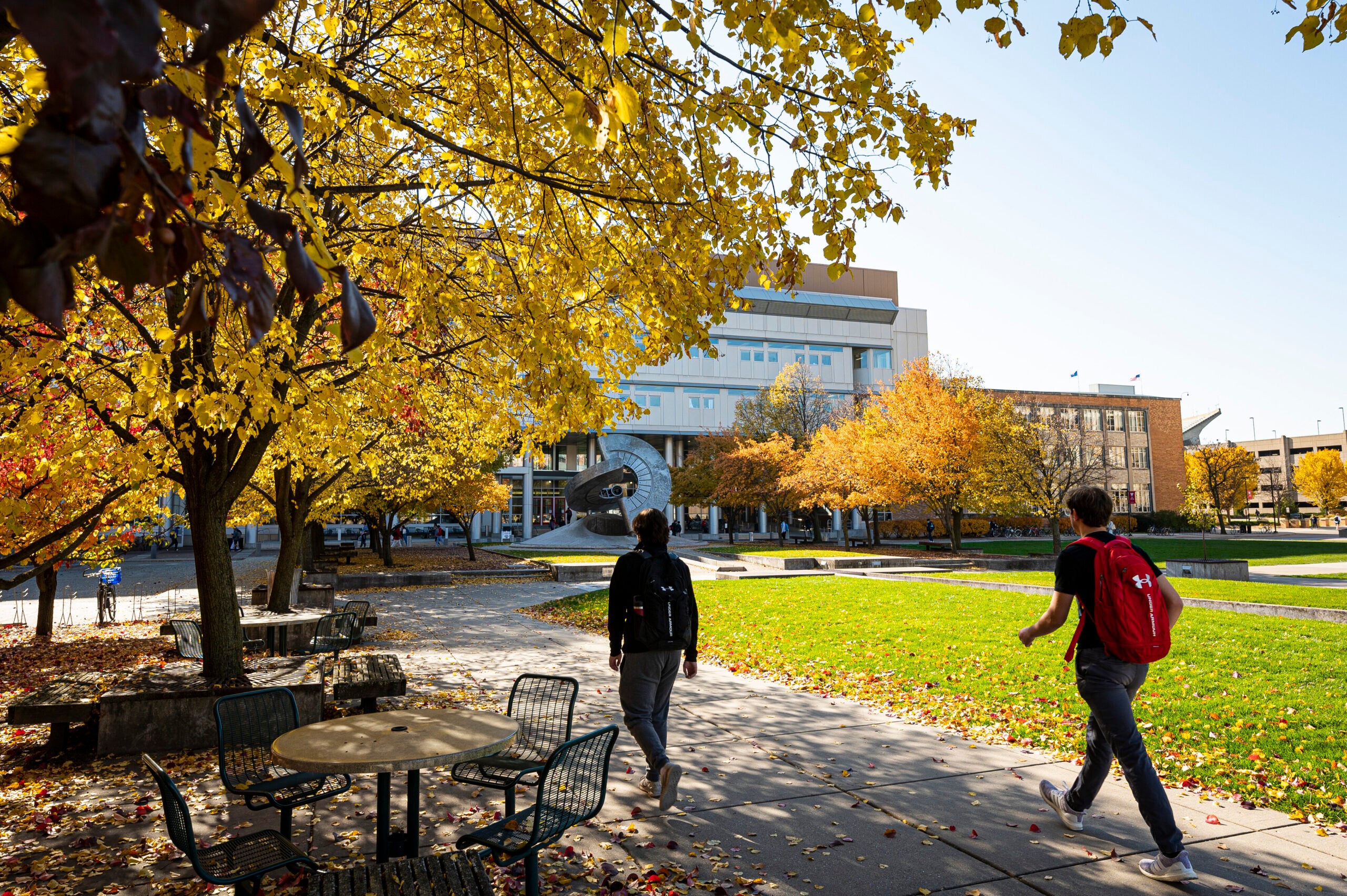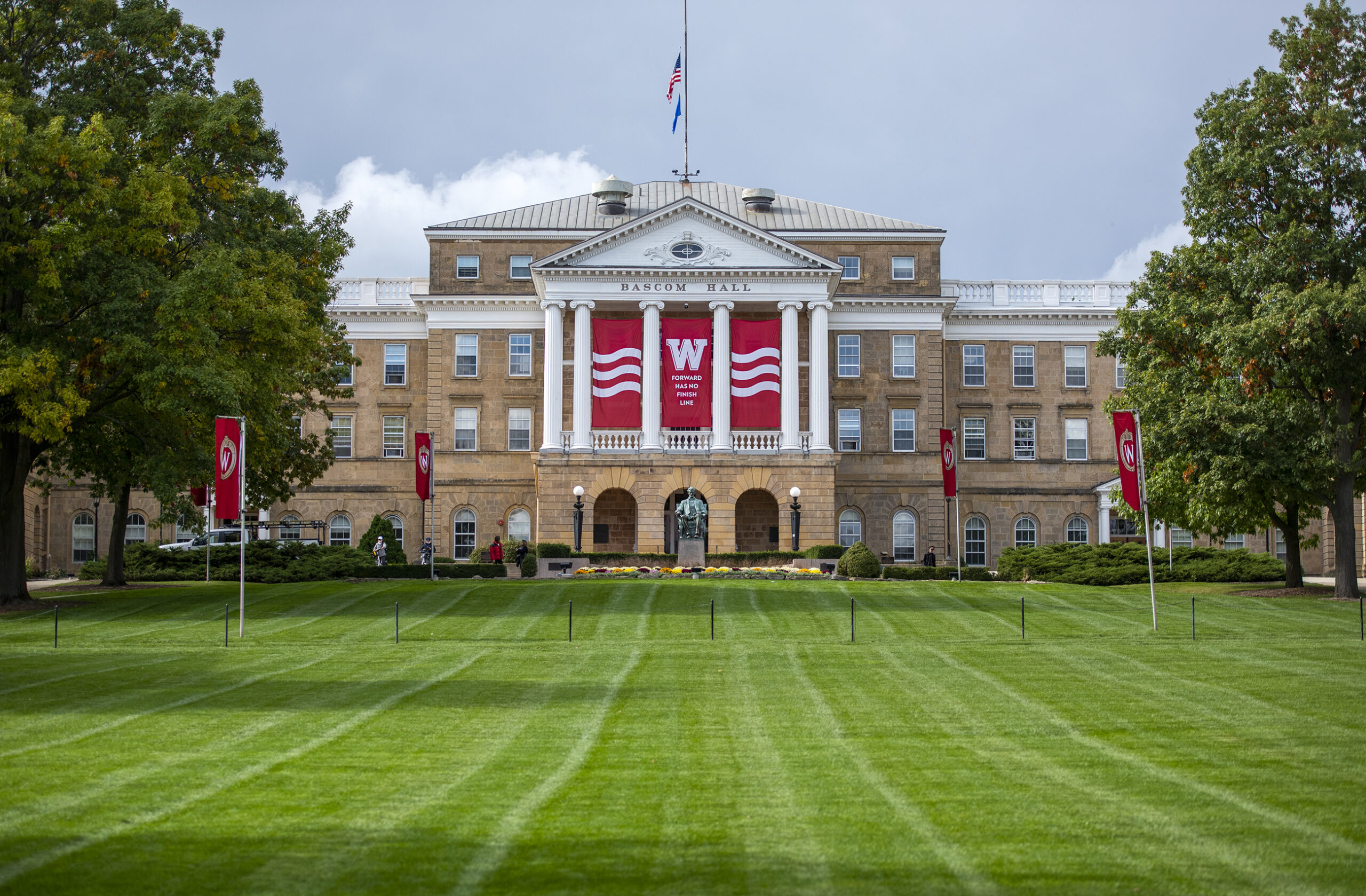University of Wisconsin System President Ray Cross is defending a 2015 policy that lifted a cap on out-of-state students attending UW-Madison, calling it a “double win” for the state.
Cross said that while out-of-state enrollments have increased at Wisconsin’s flagship campus, the number of in-state students has increased as well.
Appearing on WPR’s “The Morning Show” on Tuesday, Cross responded to a Wisconsin State Journal report that the percentage of in-state enrollments this year were nearly identical to the percentage of out-of-state students. Cross said it’s true that more out-of-state students are enrolling at UW-Madison, but there’s been an increase in the number of students coming from Wisconsin.
Stay informed on the latest news
Sign up for WPR’s email newsletter.
“So, the total number of students have increased on campus and the number of Wisconsin students have increased significantly. So, we are actually taking a larger percentage of the available high school students in Wisconsin since the high school numbers have dropped by over 10,000 in the last 10 years,” he said.
According to data from UW-Madison’s Applied Population Lab, the number of high school graduates from within the state decreased by 5,337, or about 7.6 percent, between the 2008-2009 school year and 2015-2016 school year. Data from the Wisconsin Department of Public Instruction shows that overall enrollment at Wisconsin public high schools has dropped by 27,686 students over the 10 years prior to the 2017-2018 school year.
In 2015, Cross and UW-Madison Chancellor Rebecca Blank urged the UW Board of Regents to eliminate a policy that barred the campus from having out-of-state students make up more than 27.5 percent of its incoming class. The goal of lifting the cap was to help UW-Madison prepare for projected declines in the overall number of home-grown students. Regents agreed and eliminated the cap.
Cross pointed out Tuesday, however, that the new policy was written to ensure Wisconsin students were still well represented.
“There was also a cap or a minimum put on the number of freshmen we had to enroll from Wisconsin and that number was set at 3,600,” said Cross.
Cross estimates that this fall UW-Madison enrolled nearly 3,800 Wisconsin students and the institution has been graduating more Wisconsin students as well.
He said it was interesting that while the state wants UW-Madison to enroll more Wisconsin students, economic development officials have been attempting to recruit skilled workers from places like Chicago.
“I also know that the state is spending money in Chicago to try to attract students to come here, not just students, employees,” said Cross. “We’re doing that. We’re getting them to pay us to come here.”
Cross said the challenge will be keeping out of state students in Wisconsin and employing them in the state’s workforce.
In 2017, state lawmakers approved a $6.8 million marketing campaign aimed at recruiting millennials living across the midwest to move to Wisconsin and help the state address a shortage of skilled labor.
The campaign includes a collaboration with nine UW System campuses, including UW-Eau Claire which worked with the Wisconsin Economic Development Corp. to target alumni through social media platforms like Facebook, Twitter and Instagram and encourage them to move back.
Cross and other UW System officials have been touring the state as part of a “All in Wisconsin” campaign aimed at boosting investments in the UW System by state lawmakers and corporations. He said the goal is to increase graduation rates and supply more skilled workers for the state.
“We can walk and chew gum at the same time,” Cross said. “We can increase the number of students from Wisconsin and we can attract students from out of state. I think that’s a double win for the state.”
Wisconsin Public Radio, © Copyright 2024, Board of Regents of the University of Wisconsin System and Wisconsin Educational Communications Board.

